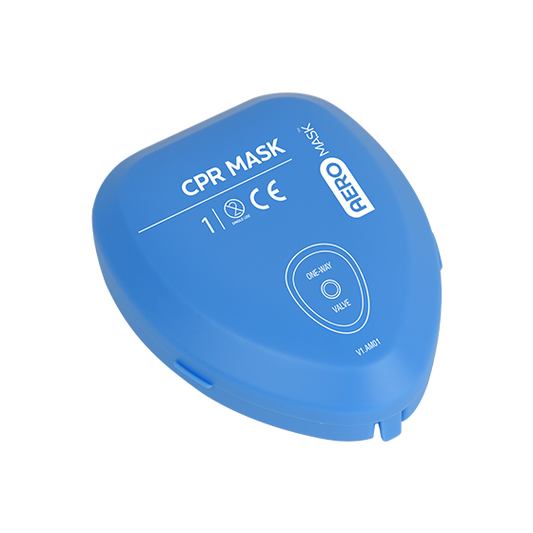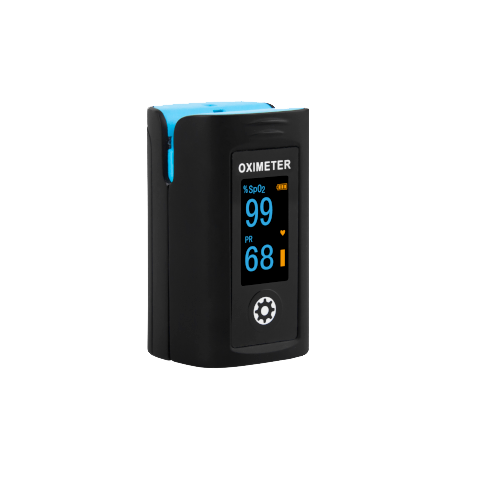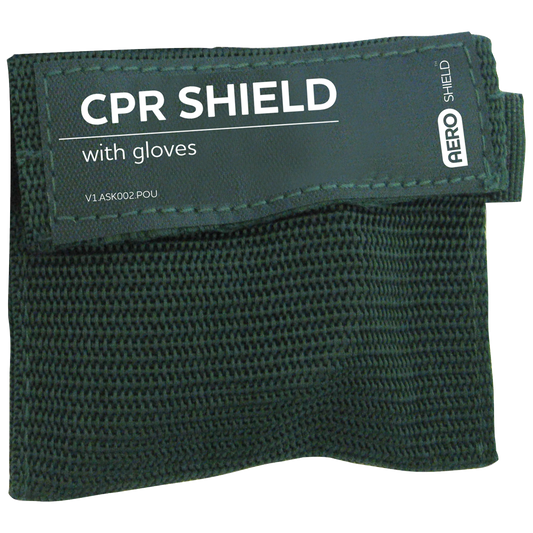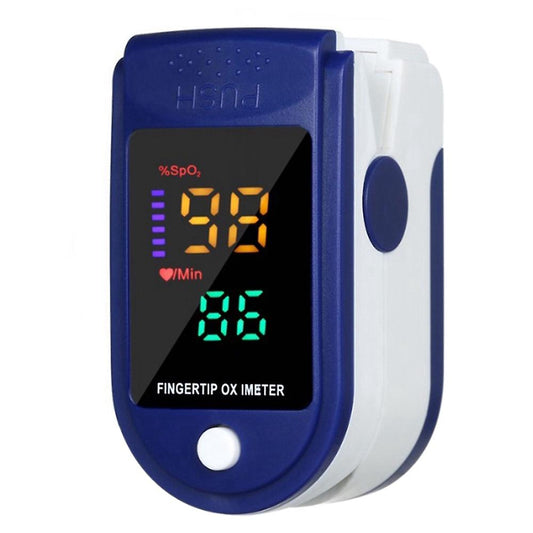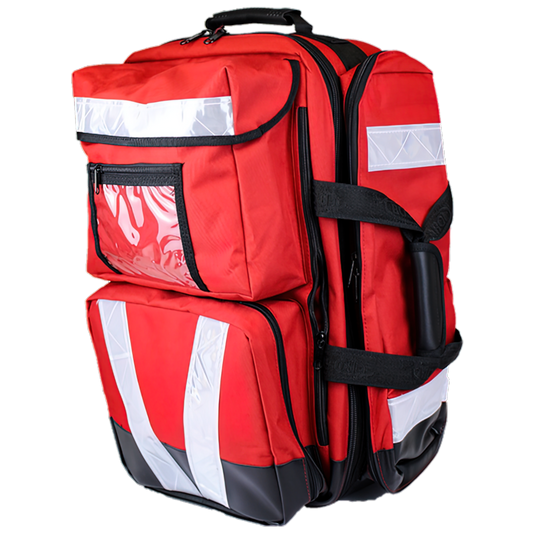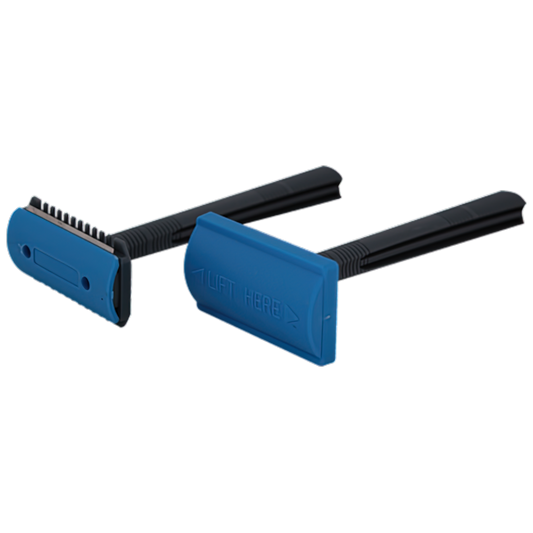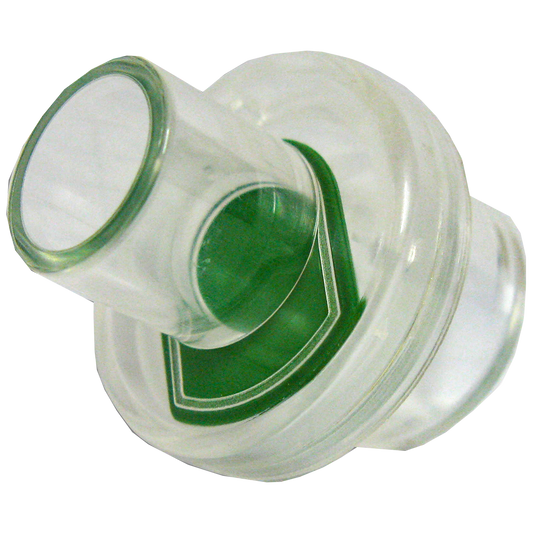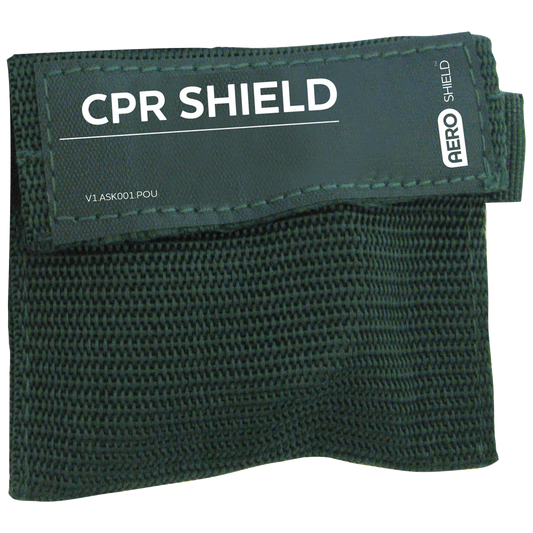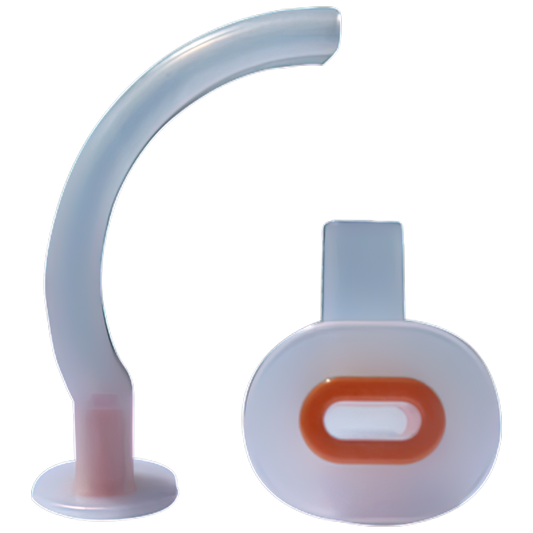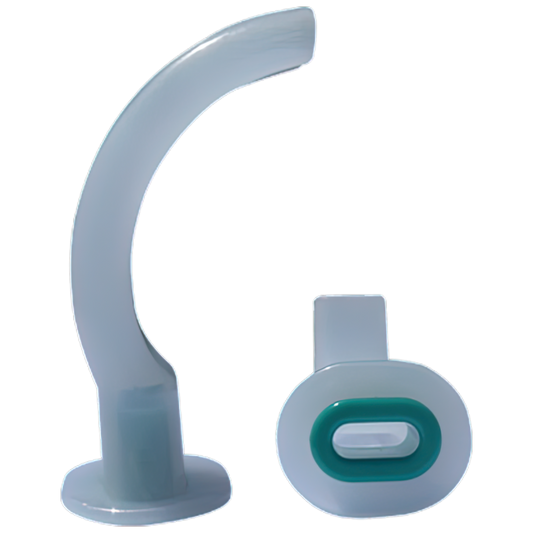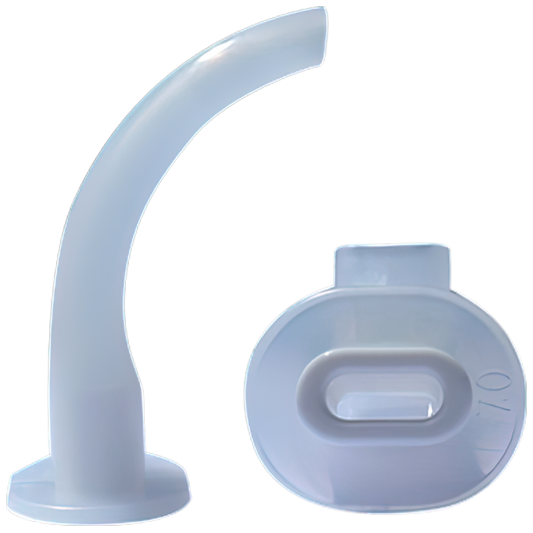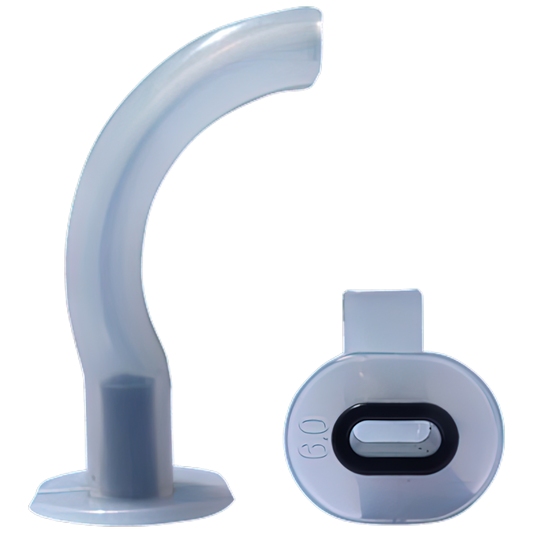Collection: Resuscitation
AT&S ensure your cardio pulmonary resuscitation equipment meets industry standards. Shop here with confidence.
-
Disposable Face Shield in Sachet
Regular price $2.99Sale price $2.99 Regular priceUnit price / per -
CPR Pocket Mask
Regular price $25.00Sale price $25.00 Regular priceUnit price / per -
Lux Black Finger Pulse Oximeter
Regular price $120.87Sale price $120.87 Regular priceUnit price / per -
Key Ring CPR Face Shield + Gloves
Regular price $5.00Sale price $5.00 Regular priceUnit price / per -
Bag Valve Mask Resuscitator - Child
Regular price $60.00Sale price $60.00 Regular priceUnit price / per -
Oxygen Resuscitation First Aid Kit-Response Ready
Regular price $450.00Sale price $450.00 Regular priceUnit price / per -
Infrared Forehead Thermometer with Carry Case
Regular price $50.00Sale price $50.00 Regular priceUnit price / per -
Pulse Oximeter Fingertip
Regular price $35.00Sale price $35.00 Regular priceUnit price / per -
Trauma & Oxygen Event Response Kit- Event Ready
Regular price $700.00Sale price $700.00 Regular priceUnit price / per -
Non-Rebreather Oxygen Mask
Regular price $9.50Sale price $9.50 Regular priceUnit price / per -
Chest Prep Razor
Regular price $5.00Sale price $5.00 Regular priceUnit price / per -
AEROMASK One Way Valve for AM01
Regular price $5.00Sale price $5.00 Regular priceUnit price / per -
Key Ring CPR Face Shield
Regular price $3.95Sale price $3.95 Regular priceUnit price / per -
Guedel Airway Size 0 - Size 5 Pack/6
Regular price $25.00Sale price $25.00 Regular priceUnit price / per -
Guedel Airway Size 1.5 (ISO 7.0) White Small Sterile
Regular price $5.00Sale price $5.00 Regular priceUnit price / per -
Guedel Airway Size 5 (ISO 12.0) Purple Adult Sterile
Regular price $5.00Sale price $5.00 Regular priceUnit price / per -
Guedel Airway Size 4 (ISO 10.0) Red Adult Sterile
Regular price $5.00Sale price $5.00 Regular priceUnit price / per -
Guedel Airway Size 3 (ISO 9.0) Yellow Adult Sterile
Regular price $5.00Sale price $5.00 Regular priceUnit price / per -
Guedel Airway Size 2 (ISO 8.0) Green Small Sterile
Regular price $5.00Sale price $5.00 Regular priceUnit price / per -
Guedel Airway Size 1 (ISO 6.5) Brown Adolescent Sterile
Regular price $5.00Sale price $5.00 Regular priceUnit price / per -
Guedel Airway Size 0 (ISO 5.5) Grey Child Sterile
Regular price $5.00Sale price $5.00 Regular priceUnit price / per -
Guedel Airway Size 00 (ISO 5.0) Blue Infant Sterile
Regular price $5.00Sale price $5.00 Regular priceUnit price / per -
Guedel Airway Size 000 (ISO 3.5) Light Green Newborn Sterile
Regular price $5.00Sale price $5.00 Regular priceUnit price / per -
Bag Valve Mask Resuscitator - Adult
Regular price $60.00Sale price $60.00 Regular priceUnit price / per
Resuscitation
AT&S ensure your cardio pulmonary resuscitation equipment meets industry standards.
Shop here with confidence.
- CPR Keyring Mask: Also known as a CPR face shield or CPR barrier device, a CPR keyring mask is a small, portable device designed to provide a protective barrier between the rescuer and the individual receiving CPR. It typically consists of a one-way valve and a plastic barrier that covers the mouth and nose of the person being resuscitated. CPR keyring masks are compact and convenient for carrying on keychains or in pockets, making them ideal for personal use or inclusion in first aid kits.
- Cardiopulmonary Resuscitation Mask (Pocket Mask): Similar to a CPR keyring mask, a cardiopulmonary resuscitation mask, often referred to as a pocket mask, is a compact device used to administer rescue breaths during CPR. It typically includes a one-way valve and an oxygen inlet for delivering supplemental oxygen if available. Pocket masks are designed to create a seal over the mouth and nose of the patient, allowing the rescuer to provide rescue breaths more effectively while reducing the risk of exposure to bodily fluids.
- Bag Valve Mask (BVM): A bag valve mask, also known as a manual resuscitator or Ambu bag, is a more advanced resuscitation device used by trained medical personnel to deliver positive pressure ventilation to patients in respiratory distress or cardiac arrest. It consists of a self-inflating bag attached to a mask that covers the patient's face and a one-way valve system to control the flow of air. BVMs are typically used in conjunction with supplemental oxygen and are capable of delivering higher volumes of air compared to mouth-to-mask ventilation.
Each of these resuscitation devices plays a crucial role in providing effective CPR and maintaining oxygenation and circulation in individuals experiencing cardiac arrest or respiratory failure.
The choice of equipment depends on factors such as the rescuer's level of training, the clinical setting, and the specific needs of the patient. It's essential to receive proper training in CPR and familiarize yourself with the use of resuscitation equipment to respond effectively to emergencies.


